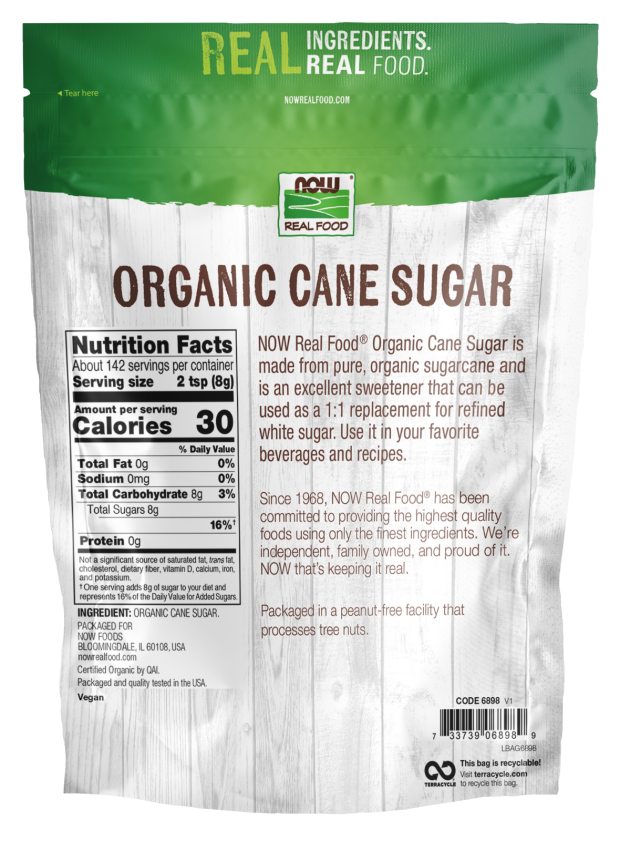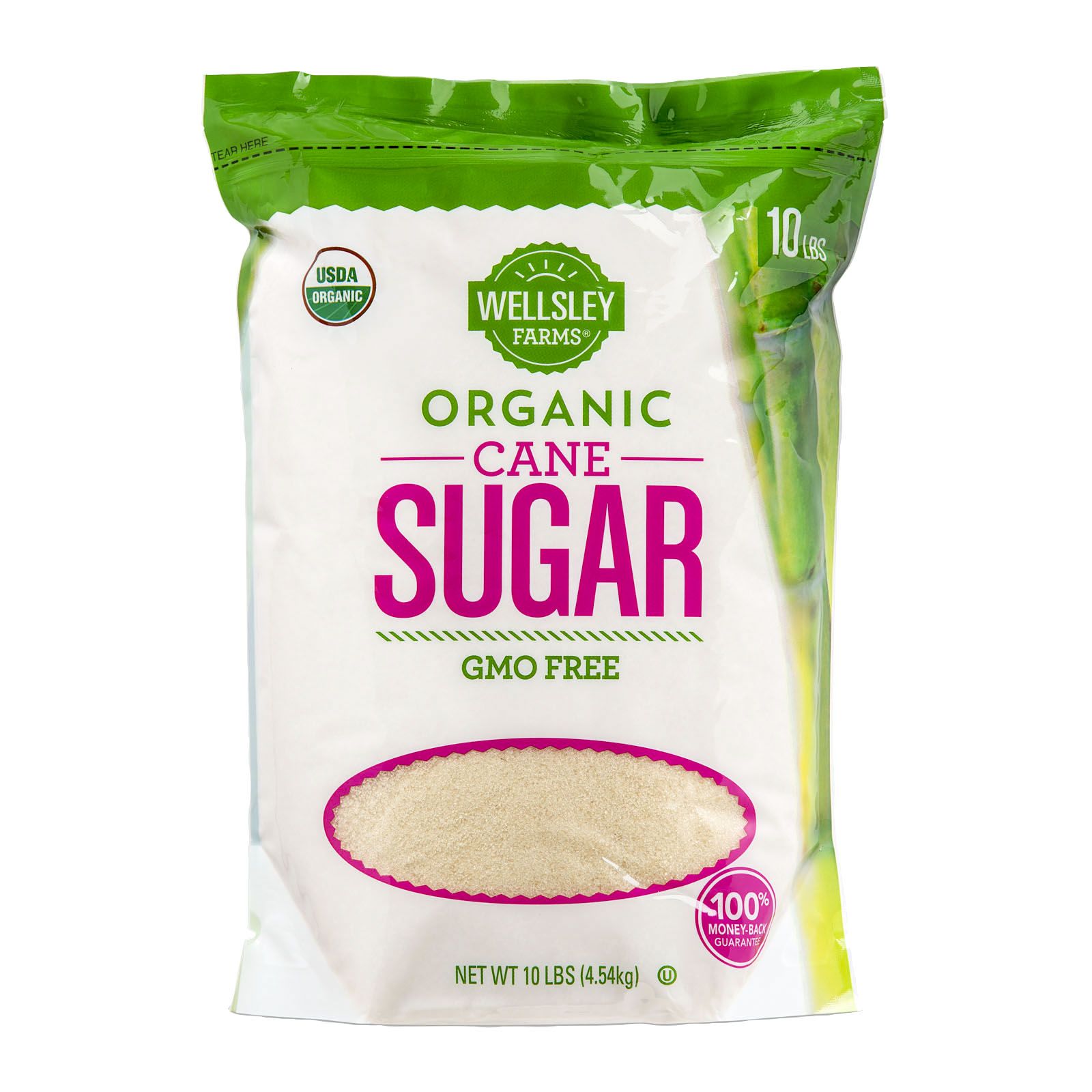Checking Out the Comprehensive Steps Associated With Walking Stick Sugar Processing From Collecting to Refinement
The process of cane sugar manufacturing includes a collection of elaborate actions, beginning with the careful harvesting of sugarcane and finishing in the refinement phases that make certain the end product satisfies industry standards. Each stage, from the extraction of juice to the filtration and crystallization procedures, plays an important role in establishing the high quality and character of the sugar. Understanding these phases not only highlights the intricacy of sugar production yet likewise increases crucial inquiries regarding efficiency, sustainability, and technology in the market. What implications do these aspects have for future practices?
Harvesting Sugarcane
Gathering sugarcane is an essential step in the cane sugar processing chain, as it directly influences the high quality and yield of the end product. Proper timing and methods are crucial throughout this stage to ensure optimal sugar web content and decrease losses. Usually, sugarcane is gathered when it gets to maturation, typically 12 to 18 months after growing, identified by a high sucrose concentration.

Post-harvest, the sugarcane should be refined swiftly to avoid sucrose deterioration. Preferably, collected walking cane ought to be transported to processing centers within 24-hour to maintain sugar high quality. Consequently, reliable logistical planning is vital to keep the stability of the gathered crop throughout the supply chain.
Removal Refine

The crushed walking cane undergoes a collection of pushing operations to make the most of juice healing. Generally, hot water is sprayed onto the smashed walking cane, developing a countercurrent circulation that aids liquify the sugar while likewise aiding in the removal procedure. The juice accumulated from this operation includes not only sugar yet likewise numerous natural compounds and impurities.

To enhance extraction effectiveness, some centers might use diffusion approaches, where the sugarcane is soaked in hot water, enabling the soluble sugars to diffuse right into the fluid. The resulting juice, abundant in sucrose, is after that routed to succeeding handling phases, laying the structure for filtration and improvement. The removal process is thus critical in figuring out the top quality and return of the last sugar product.
Purification Techniques
The purification techniques used in walking cane sugar handling are important for transforming the raw juice into a top notch sugar item. These techniques mainly intend to remove impurities, such as dirt, plant products, and inorganic compounds, which can negatively influence the last item's taste and shade.
Among the most typical filtration methods is information. This process includes adding lime and heat to the raw juice, which promotes the coagulation helpful resources of contaminations. The resulting precipitate is after that removed through sedimentation or filtration, generating a more clear juice. Furthermore, using phosphoric acid can enhance the explanation procedure by additional binding pollutants.
An additional significant strategy is carbonatation, where carbon dioxide is presented to the cleared up juice. This response creates calcium carbonate, which captures remaining pollutants and promotes their elimination.
Additionally, activated carbon therapy may be related to adsorb any continuing to be colorants and organic contaminations, making certain a more polished product. The combination of these approaches successfully prepares the sugar juice for subsequent steps in the refining procedure, establishing the phase for the production of top quality walking cane sugar.
Crystallization Approaches
After the filtration stage, the next essential step in cane sugar processing entails condensation methods, which play a pivotal duty in changing the cleared up juice into solid sugar. This procedure usually uses two primary methods: spontaneous condensation and regulated formation.
In spontaneous crystallization, supersaturated sugar my site options are permitted to cool down naturally, leading to the formation of sugar crystals over time. This method allows for the uniform development of sugar crystals and greater pureness.
Throughout crystallization, the clarified juice is concentrated through evaporation, enhancing its sugar material until it reaches supersaturation. As soon as this factor is attained, either approach can assist in the crystallization process. Cane Sugar Processing. The resultant sugar crystals are after that divided from go the staying syrup with centrifugation
Eventually, the option of crystallization method impacts the top quality, dimension, and purity of the final sugar product, making this step important in the total walking cane sugar handling procedure.
Improvement and Product Packaging
Exactly how can the purity and quality of walking cane sugar be better improved after condensation? The refinement process plays an essential duty in accomplishing premium cane sugar. Adhering to crystallization, sugar undergoes a complete washing to get rid of pollutants and recurring molasses. This is commonly achieved using cozy water or steam, which assists dissolve and extract undesirable elements while maintaining the sugar crystals.
Following, the sugar undergoes a procedure called centrifugation, where it is rotated at broadband to separate the cleansed sugar crystals from the continuing to be fluid. After centrifugation, the sugar is frequently additional refined through an approach called carbonization or phosphatation, which utilizes activated carbon or phosphoric acid to get rid of shade and off-flavors.
As soon as fine-tuned, the sugar is dried out to achieve the preferred wetness web content, guaranteeing that it continues to be steady throughout storage and transportation. The final action includes product packaging the refined sugar in airtight and moisture-proof containers to preserve its high quality and protect against contamination. Cane Sugar Processing. Proper packaging not just extends life span however additionally facilitates simple handling and circulation, guaranteeing that customers obtain sugar that meets the greatest requirements of pureness and top quality
Final Thought
The detailed actions associated with cane sugar processing, from the precise harvesting of sugarcane to the complex improvement and product packaging phases, underscore the value of each phase in guaranteeing high-grade sugar manufacturing. Optimum harvesting strategies, reliable removal approaches, and extensive purification processes jointly add to the final product's purity and stability. The formation and succeeding packaging practices further enhance the honesty and rack life of the sugar, highlighting the intricacy and precision fundamental in this essential agricultural industry.
The procedure of walking cane sugar manufacturing includes a series of intricate steps, starting with the cautious harvesting of sugarcane and culminating in the improvement phases that make sure the final item fulfills market standards. Ideally, collected walking cane must be delivered to refining facilities within 24 hours to preserve sugar top quality.In spontaneous formation, supersaturated sugar options are allowed to cool normally, leading to the formation of sugar crystals over time - Cane Sugar Processing. The improvement process plays a vital function in achieving top quality cane sugar.The thorough steps involved in walking cane sugar processing, from the meticulous harvesting of sugarcane to the elaborate improvement and product packaging stages, emphasize the significance of each stage in making sure premium sugar production
Comments on “Cane Sugar Processing: From Field to Table-- A Step-by-Step Overview”